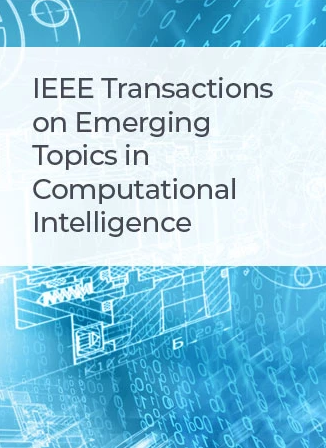保护流数据隐私的动态安全多宽网络
IF 5.3
3区 计算机科学
Q1 COMPUTER SCIENCE, ARTIFICIAL INTELLIGENCE
IEEE Transactions on Emerging Topics in Computational Intelligence
Pub Date : 2024-03-14
DOI:10.1109/TETCI.2024.3370005
引用次数: 0
摘要
分布式计算作为一个广受关注的研究方向,需要使用用户的数据训练模型,这使得用户隐私数据的安全成为一个亟待解决的难题。目前,联盟学习是解决这一问题的主流研究方法。然而,联盟学习并不擅长对流数据进行分布式训练。在实际场景中,客户端的数据通常是持续更新的流数据。在本文中,我们提出了动态安全多宽网络(DSMBN),这是一种完全不同于联合学习的新型隐私计算框架。在 DSMBN 中,我们设计了三种交互式通信协议来处理不同场景下的流数据。协议的功能是在交互过程中使用随机映射加密数据。该协议确保在生成映射特征时,客户端的原始数据不会离开本地服务器。中央服务器使用生成的映射特征(本质上是加密数据)而不是原始数据来训练机器学习模型。在理论分析中,我们分析了第一个协议的安全性、通信成本和计算复杂性。在实验中,我们设计了数量平衡、非 IID 数据分布、流数据等七个实验场景,并与几种主流的隐私保护机器学习方法进行了比较。实验结果表明,与没有隐私保护的集中式训练相比,DSMBN 在保护隐私数据安全的前提下,可以达到相同的测试精度。与主流的联合学习方法相比,DSMBN 在非 IID 场景下可以达到更高的准确率,并且节省了计算时间和通信资源。本文章由计算机程序翻译,如有差异,请以英文原文为准。
Dynamic Secure Multi Broad Network for Privacy Preserving of Streaming Data
Distributed computing as a widely concerned research direction needs to use the data training model of users, making the security of users' private data become a challenging problem to be solved. At present, federated learning is the mainstream research method to solve this problem. However, federated learning is not good at distributed training on streaming data. In real scenarios, the client's data is usually continuously updated streaming data. In this paper, we propose Dynamic Secure Multi Broad Network (DSMBN), which is a novel privacy computing framework completely different from federated learning. In DSMBN, we design three interactive communication protocols to handle streaming data in different scenarios. The function of the protocol is to use random mapping to encrypt data during the interaction. The protocol ensures that the client's original data does not leave the local server when generating mapped features. The central server uses the resulting mapped features (essentially encrypted data) instead of the original data to train machine learning models. In theoretical analysis, we analyze the first protocol's security, communication costs, and computational complexity. In the experiment, we design seven experimental scenarios, including quantity balance, Non-IID data distribution and streaming data, and compare them with several mainstream privacy protection machine learning methods. The experimental results show that compared with centralized training without privacy protection, DSMBN can achieve the same test accuracy under the premise of protecting private data security. Compared with mainstream federated learning methods, DSMBN can achieve higher accuracy in the Non-IID scenarios and save computing time and communication resources.
求助全文
通过发布文献求助,成功后即可免费获取论文全文。
去求助
来源期刊

IEEE Transactions on Emerging Topics in Computational Intelligence
Mathematics-Control and Optimization
CiteScore
10.30
自引率
7.50%
发文量
147
期刊介绍:
The IEEE Transactions on Emerging Topics in Computational Intelligence (TETCI) publishes original articles on emerging aspects of computational intelligence, including theory, applications, and surveys.
TETCI is an electronics only publication. TETCI publishes six issues per year.
Authors are encouraged to submit manuscripts in any emerging topic in computational intelligence, especially nature-inspired computing topics not covered by other IEEE Computational Intelligence Society journals. A few such illustrative examples are glial cell networks, computational neuroscience, Brain Computer Interface, ambient intelligence, non-fuzzy computing with words, artificial life, cultural learning, artificial endocrine networks, social reasoning, artificial hormone networks, computational intelligence for the IoT and Smart-X technologies.
 求助内容:
求助内容: 应助结果提醒方式:
应助结果提醒方式:


